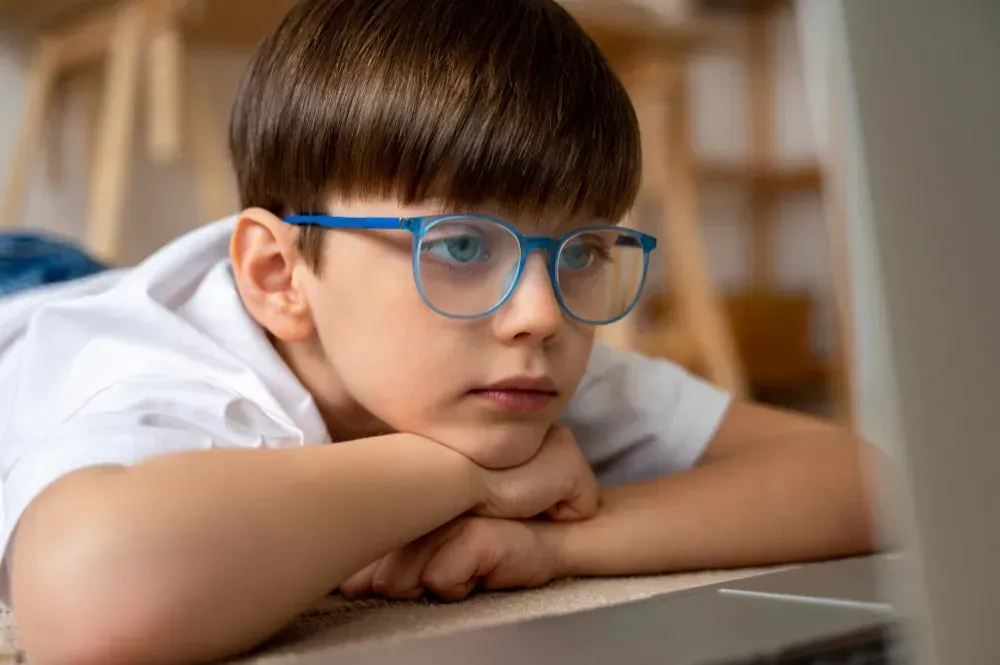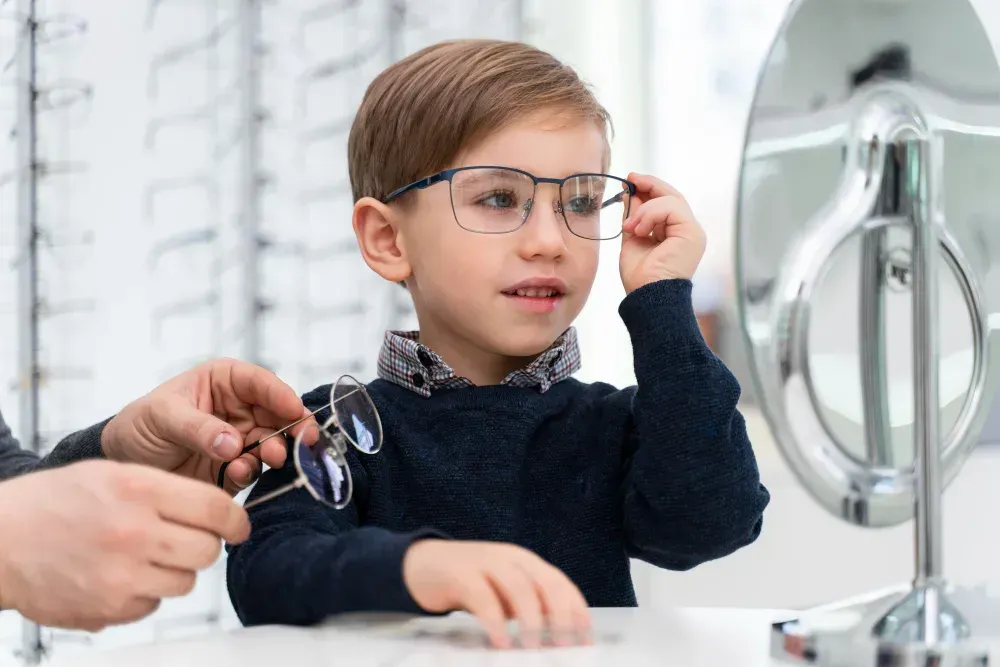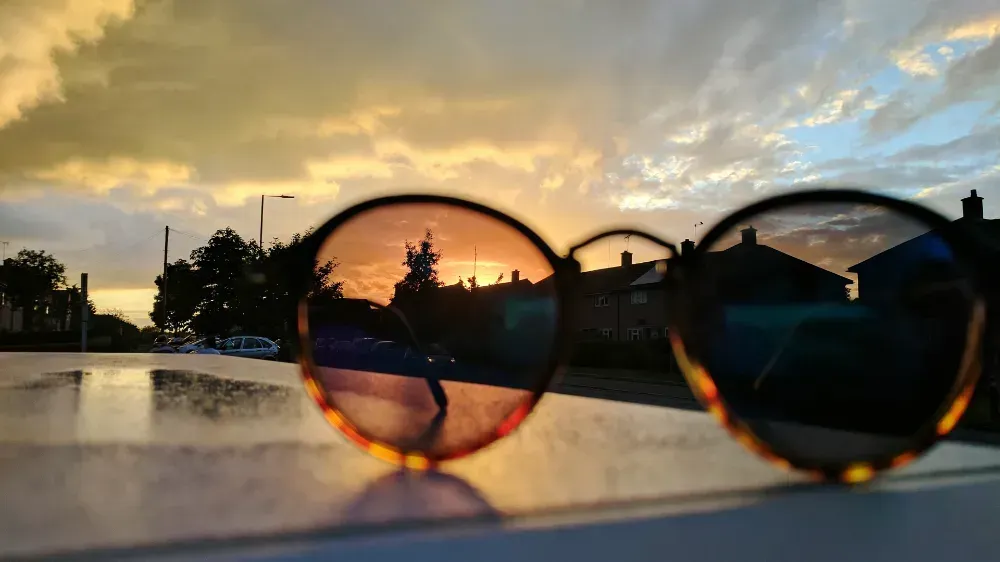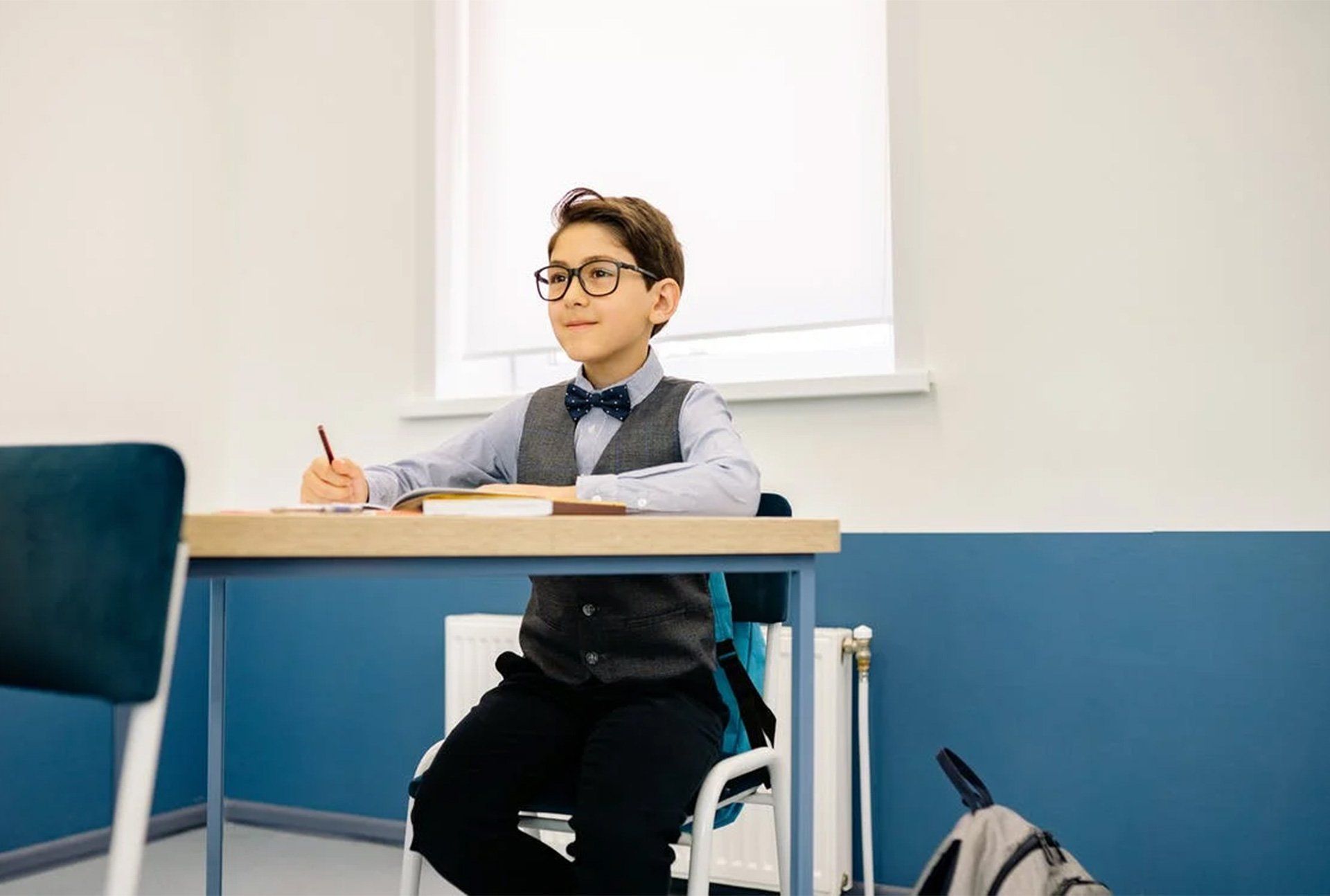Key Symptoms of Vision Problems in Infants and Toddlers

You don't want your child to experience permanent vision loss just because you've neglected to see the early warning signs. The earlier eye issues are identified, the easier they are to treat. Here are some red flags in babies and toddlers:
- One affected eye turning inwards or outwards (strabismus)
- Cloudiness or a white pupil in photos (could indicate cataracts)
- Lack of eye contact or not following moving objects
- Constant eye rubbing, squinting, or light sensitivity
- Delayed crawling or walking, possibly due to depth perception issues
One of the most important conditions to look for is lazy eye in infants (amblyopia), where one eye becomes weaker than the other. This is most treatable in early childhood, but it often shows no clear symptoms unless you’re looking for them.
Warning Signs of Eye Conditions in Preschool and Primary School Children
As children grow, so do the signs that their vision may be off. Here’s what to watch for in kids aged 3–10:
- Squinting when looking straight ahead or looking at books, screens, or faraway objects
- Sitting very close to the TV or holding devices too close
- Covering one eye while trying to focus
- Complaints of headaches, especially after reading or writing
- Avoiding reading, colouring, or detailed tasks
- Clumsiness or bumping into things or poor hand-eye coordination
- Tilting the head or turning it to the side when focusing
Many of these signs can be mistaken for behavioural or learning difficulties. In some cases, children with undiagnosed vision problems are even mislabelled as having attention issues. A simple eye exam can often reveal the real cause.
Common Eye Problems in Children by Age
Eye disorders in childhood can show up in different ways depending on their age. Here are the most common eye problems by age:
- Infants (0–2 years): Lazy eye, congenital cataracts, blocked tear ducts
- Toddlers (2–4 years): Strabismus (crossed eyes), amblyopia (lazy eye)
- Primary school age (5–10 years): Myopia (short-sightedness), hyperopia (long-sightedness), astigmatism and other refractive errors
Each of these conditions affects vision differently. Types of vision problems like myopia may cause distance to appear blurry, while astigmatism can distort shapes and letters, making reading more difficult.
The good news? Most poor vision issues are treatable by prescription lenses and other corrective solutions, especially when caught early.
When to Get Your Child’s Eyes Tested
Many parents wait until a teacher notices a problem, but there’s no need to delay. Vision screenings at school aren’t always enough to catch subtle issues. If you want your child to have and retain good vision, here’s a general rule of thumb:
- First test at 6–12 months old
- Follow-up at age 3, then before starting school
- Every two years after that, or sooner if symptoms appear
Regular check-ups are crucial, even if there are no obvious signs of trouble. Family history can also play a big role in your child's visual system so be sure to consider all factors in. Many vision issues develop slowly over time, and children may not realise anything is wrong.
What to Do if You’re Worried

If anything in this guide rings true for your child, trust your instincts. Even if the symptoms seem minor, an early exam could make all the difference. Vision problems left untreated can lead to permanent issues, but most can be managed or corrected if caught early.
At Nazarian Optometrists, we offer gentle, child-friendly eye exams that take the guesswork out of your child’s vision. Our optometrists are trained to detect all types of children’s eye problems and explain everything in clear, calm language. We also help your child get prescription glasses that match their style and face frame.
Whether you need clear lens, eye drops or other eye treatment, we're here to help you and your child.
Children's Eye Problems Should Be Treated Early!
Children don’t always know how to describe vision problems, but their behaviour often tells the story. By understanding the symptoms, acting early, and getting expert help, you can protect your child’s eyesight and give them the best chance at thriving in school, sport, and life. If you notice any eye strain or vision issues, seek help from a trusted eye specialist.
Book a children’s eye exam today with Nazarian Optometrists, because your child’s vision should never be left to chance.





